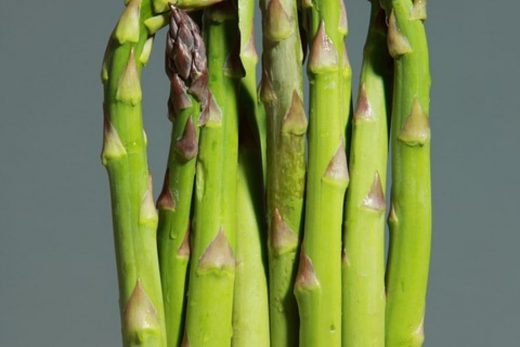Flavors of Cachaça
Cachaça, like most spirits, can run through a range of flavors, depending on how it’s manufactured and aged. Industrial cachaças are rough, chemical-tasting, and sometimes even oily. Smaller-batch unaged cachaças often tasty grassy or funky, like a rhum agricole or a bianco tequila. Aged cachaças take on flavor notes from their barrels, and can taste like Christmas spices, baked or dried fruits, coffee, and/or grass (in a good way).
So now that we know what cachaça is, we can start to discuss whether it’s rum or not rum. The Brazilian government says it’s not rum—to understand why, think of the word protectionism. Cachaça and the caipirinha cocktail have both risen dramatically in global popularity over the last 10 years, causing sugarcane producers in the Caribbean and in Central and South America to produce and market cachaça-like products. Lately, though, artisanal cachaças are increasingly available. These products are made by hand and sometimes crafted in pot stills. They are smooth, rich, and full of complex flavors.





